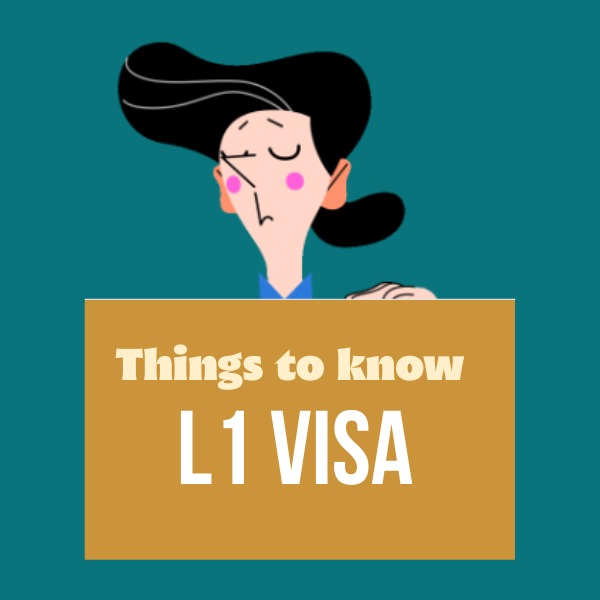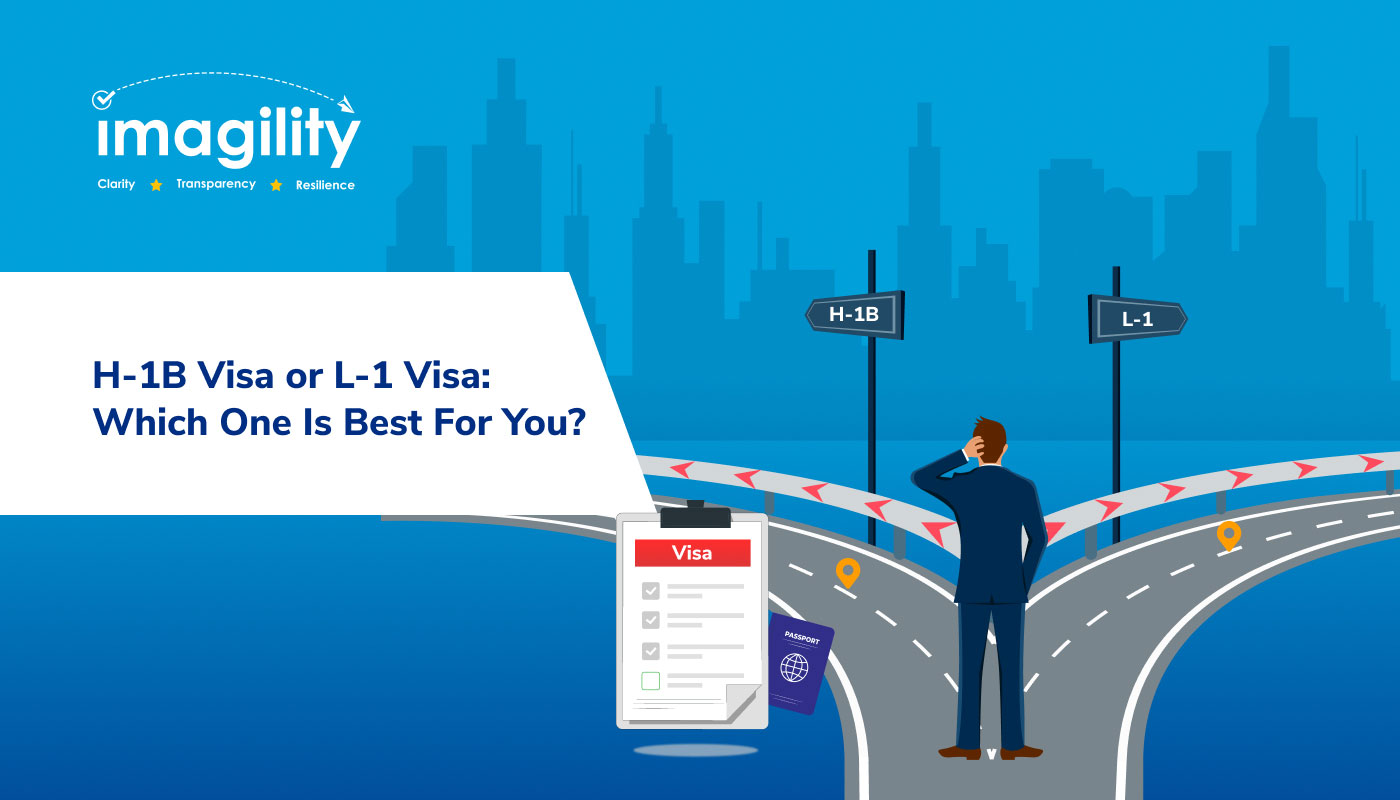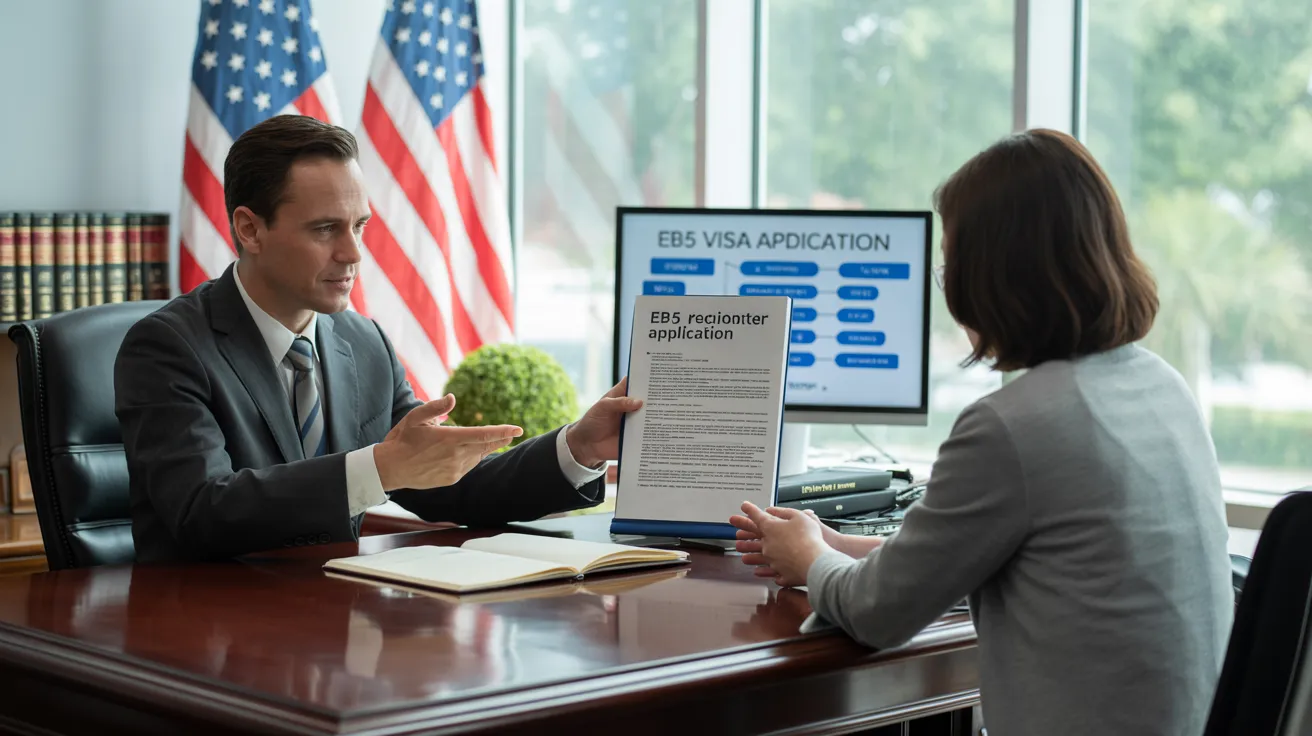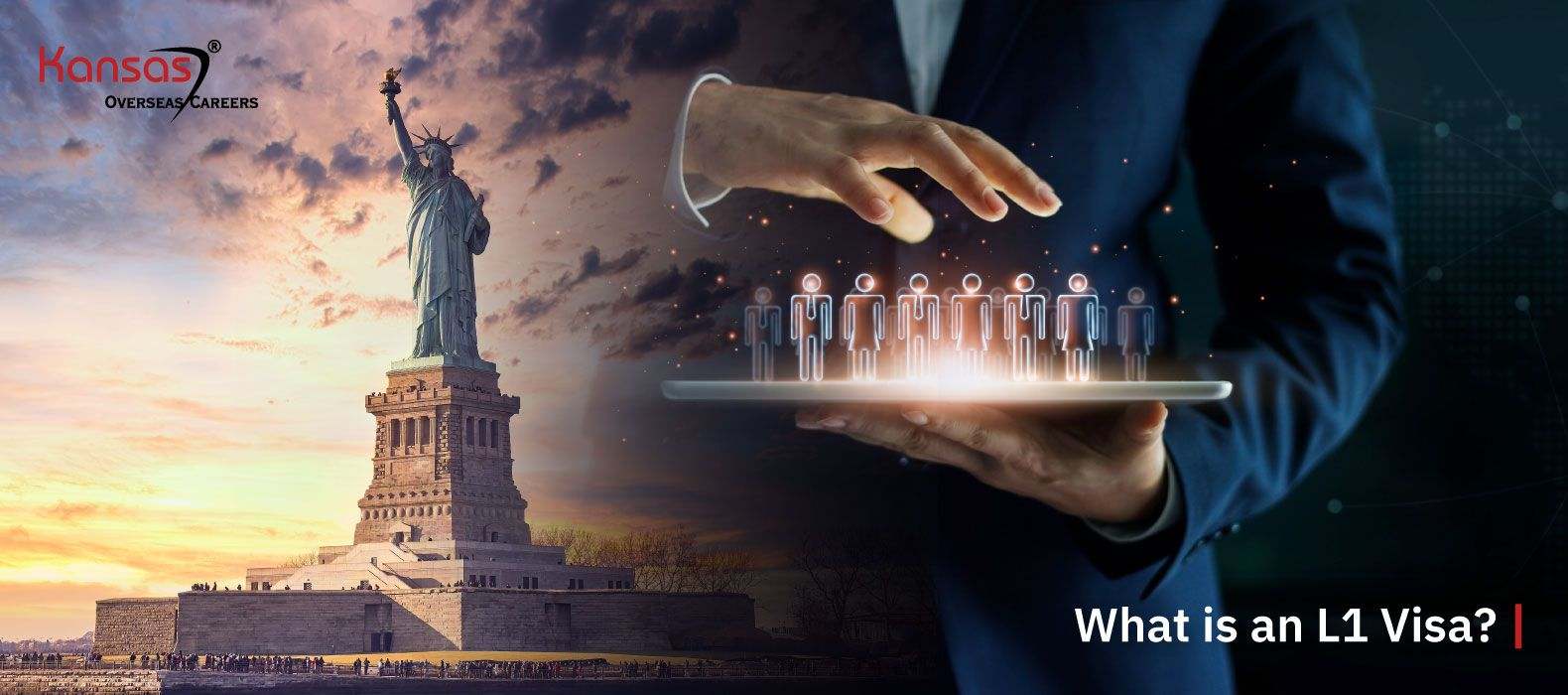L1 Visa Explained
Some Known Factual Statements About L1 Visa
Table of ContentsThe 5-Minute Rule for L1 VisaThe 7-Second Trick For L1 VisaIndicators on L1 Visa You Need To KnowExcitement About L1 VisaIndicators on L1 Visa You Need To KnowGet This Report about L1 Visa
Offered from ProQuest Dissertations & Theses Worldwide; Social Scientific Research Costs Collection. DHS Workplace of the Inspector General. Retrieved 2023-03-26.
United State Division of State. Retrieved 22 August 2016. "Workers paid $1.21 an hour to mount Fremont technology business's computer systems". The Mercury News. 2014-10-22. Obtained 2023-02-08. Costa, Daniel (November 11, 2014). "Little-known temporary visas for international tech workers depress salaries". Capital. Tamen, Joan Fleischer (August 10, 2013). "Visa Owners Replace Employees".
More About L1 Visa
In order to be eligible for the L-1 visa, the international firm abroad where the Recipient was employed and the united state business should have a qualifying connection at the time of the transfer. The various kinds of qualifying connections are: 1. Parent-Subsidiary: The Parent indicates a firm, company, or various other legal entity which has subsidiaries that it owns and manages."Subsidiary" suggests a firm, corporation, or various other legal entity of which a parent owns, directly or indirectly, more than 50% of the entity, OR possesses less than 50% yet has administration control of the entity.
Instance 1: Company A is included in France and utilizes the Recipient. Firm B is integrated in the united state and intends to seek the Beneficiary. Company An owns 100% of the shares of Company B.Company A is the Parent and Business B is a subsidiary. For that reason there is a certifying relationship between the 2 companies and Company B need to be able to fund the Beneficiary.
Instance 2: Business A is incorporated in the united state and desires to petition the Beneficiary. Business B is included in Indonesia and employs the Beneficiary. Firm A has 40% of Business B. The remaining 60% is owned and managed by Firm C, which has no relation to Business A.Since Company A and B do not have a parent-subsidiary partnership, Firm A can not fund the Recipient for L-1.
Instance 3: Business A is incorporated in the U.S. and intends to request the Recipient. Business B is included in Indonesia and employs the Recipient. Business A has 40% of Firm B. The remaining 60% is had by Company C, which has no relationship to Firm A. Nonetheless, Firm A, by formal arrangement, controls and complete handles Company B.Since Business An owns less than 50% of Firm B but takes care of and controls the firm, there is a certifying parent-subsidiary partnership and Company A can fund the Beneficiary for L-1.
A Biased View of L1 Visa
Company B is included in the United state
See This Report about L1 Visa

The L-1 visa is an employment-based visa classification developed by Congress in 1970, enabling international companies to move their supervisors, execs, or vital employees to their U.S. operations. It is frequently described as the intracompany transferee visa. There are two primary kinds of L-1 visas: L-1A and L-1B. These kinds are suitable for employees hired in various settings within a company.

Furthermore, the recipient should have operated in a supervisory, executive, or specialized worker setting for one year within the 3 years coming before the L-1A application in the international business. For brand-new office applications, international employment has to have been in a managerial or executive ability if the beneficiary is pertaining to the USA to function as a manager or exec.
Some Known Questions About L1 Visa.

If provided for a united state company functional for even more than one year, the initial L-1B visa is for approximately 3 years and can be extended for an additional two years (L1 Visa). Alternatively, if the united state company is freshly developed or has been functional for much less than one year, the initial L-1B visa is issued for one year, with expansions readily available in two-year increments
The L-1 visa is an employment-based visa classification developed by Congress in 1970, allowing multinational business to transfer their supervisors, executives, or crucial workers to their U.S. procedures. It is typically referred to as the intracompany transferee visa.
How L1 Visa can Save You Time, Stress, and Money.
Additionally, the beneficiary has to have operated in a managerial, executive, or specialized worker placement for one year within the 3 years preceding the L-1A application in the international firm. For brand-new office applications, international employment has to have been in a supervisory or executive capacity if the recipient is concerning the United States to work as a supervisor or exec.
for as much as seven years to look after the operations of the U.S. associate as an exec or supervisor. If released for a united state business that has been operational for even more than one year, the L-1A visa is at first provided for up to 3 years and can be prolonged in two-year increments.
If given read more for an U.S. firm operational for greater than one year, the initial L-1B visa is for approximately three years and can be extended for an additional two years. Alternatively, if the U.S. company is newly established or has actually been operational for much less than one year, the preliminary L-1B visa is provided for one year, with expansions offered in two-year increments.